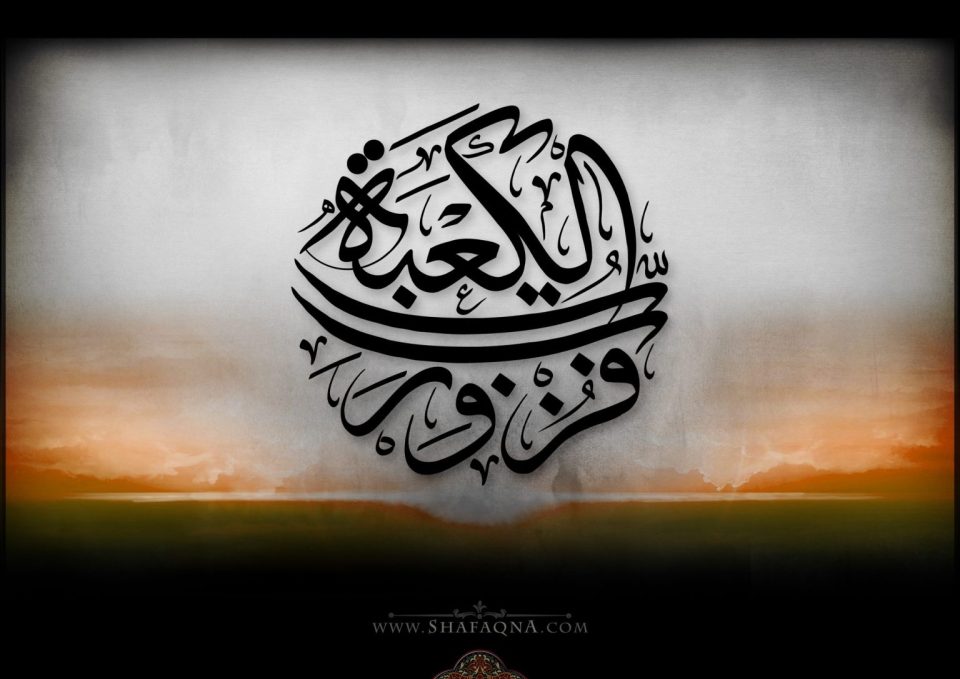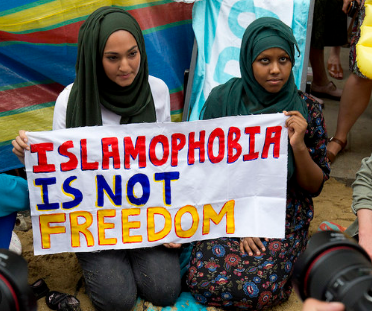On August 25, 1227 AD, the bloodthirsty Mongolian Buddhist tyrant, Genghis Khan, died at the age of 65, after devastating centres of civilization, especially in the Muslim world, including Iran, and slaughtering some seventeen million people. Named Temujin at birth in a nomadic family, he united the scattered Mongol tribes and then savagely attacked and occupied northern China.
He now expanded his dominions in the west by conquering the Turkic Qara-Khitai Khanate that brought his borders to the Khwarezmian Empire, whose ruler, Shah Ala od-Din Mohammad, made the fatal mistake of first mistreating the trade delegation sent by Genghis Khan, and then after repulsing the first wave of Mongol invasion, making a tactical blunder by dividing his army into small divisions on the assumption that there won’t be any further attacks.
The result was catastrophic. Genghis, known for his treachery and betrayal of even his own friends, attacked with ferocity, razing to the ground flourishing Muslim cities and slaughtering entire populations. The fabled Iranian Islamic cities of Samarqand and Bukhara were devastated, and next came the turn of the cultural-commercial capital, Urgenj, whose artisans were sent to Mongolia, young women and children were given to the Mongol soldiers as slaves, and the rest of the population was massacred.
The Iranian historian Juvayni states that 50,000 Mongol soldiers were given the task of executing twenty-four Urgenj citizens each, which would mean that 1.2 million people were killed. Urgenj is considered one of the bloodiest massacres in human history.
In his pursuit of the fugitive Shah, Genghis invaded Khorasan, massacring 70,000 people in Merv, and 190,000 in Naishapur, where the famous Persian poet, Attar Naishapuri was among the victims. The researcher Steven R. Ward has written: “Overall, the Mongol violence and depredations killed up to three-fourths of the population of the Iranian Plateau, possibly 10 to 15 million people. Some historians have estimated that Iran’s population did not again reach its pre-Mongol levels until the mid-20th century.” Genghis was buried somewhere close to the Onon River and the Burkhan Khaldun Mountain, and his funeral escort killed everyone across its path to conceal his grave.








